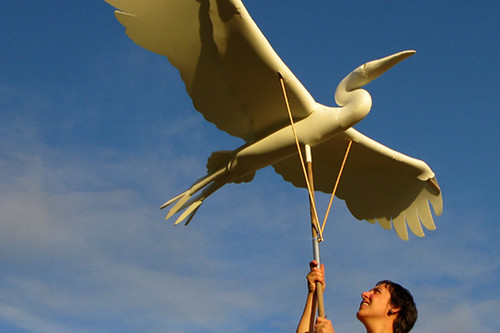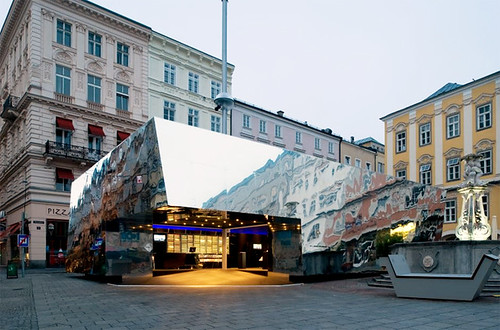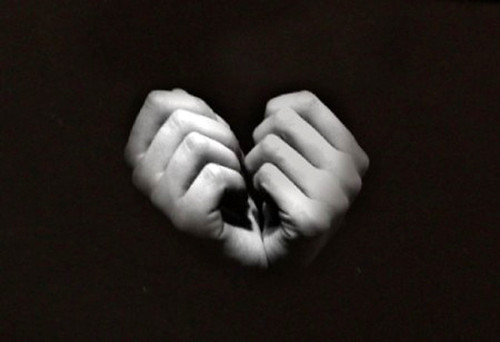“Sociologist William Whyte’s late twentieth-century clarion call for a “rediscovery of the center” asked us to reconsider centralized, dense public spaces rich with unexpected encounters and “maximum choice”. His appeal still echoes, but against radically different conditions. Notions of density, the public and private realms, and the experience of urban space have been re-inscribed in the purview of networked culture — the decentralized, layered, re-publicized and de-privatized conditions of virtual cooperation, coordination, and performance. The explosion of mobile media has transformed understandings and experiences of mobility and presence for technology users and non-users alike. Our social, cognitive, industrial, geographic, and economic experiences and systems have become severed or skewed from traditional anchors and re-oriented within network culture.”
from Rediscovering the Center…Again by Nepal Asatthawasi and Germaine Halegoua via the network architecture lab
Interesting article about the interpenetration of physical and virtual space and its implications for architectural practice in urban settings.
- “Open-air green corridors are usurping the centralized agora.”
- “In order to further understand spatial relations within networked society, we need to look at the interstices between networked culture and urban design, what is shared and what’s at stake.”
- “Although organized through SMS or web and cell phone based applications, political assembly still occurs in parks, plazas, and at public landmarks.”
- “Public space is not lost within network culture; it multiplies.”
- “there may be a more nuanced understanding of … mediated practices … once they are juxtaposed against the politics and architecture of place.”
- “The corridor structure coincides with an imagination of space as multi-layered and composed of coexisting simultaneous spheres.”
- “The idea that information and communication technologies do not need space and do not encourage spatial organization is inaccurate.”
- “The center is by no means dead, but it has acquired mobility and is no longer fixed.”


